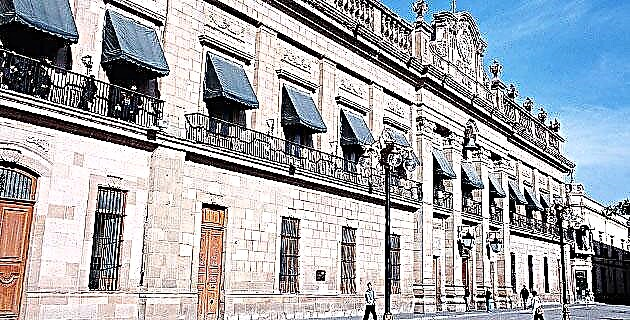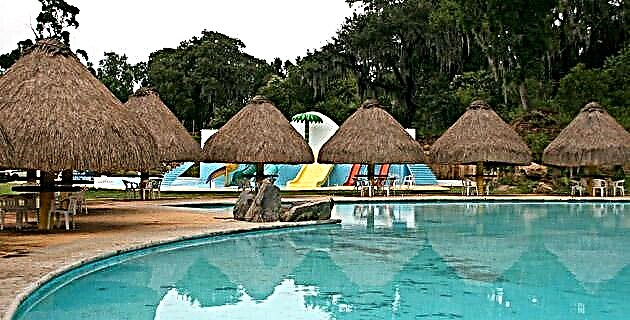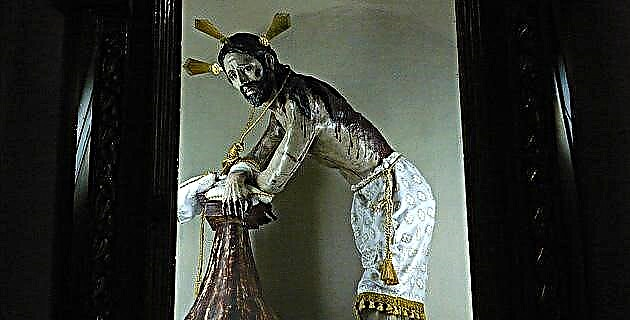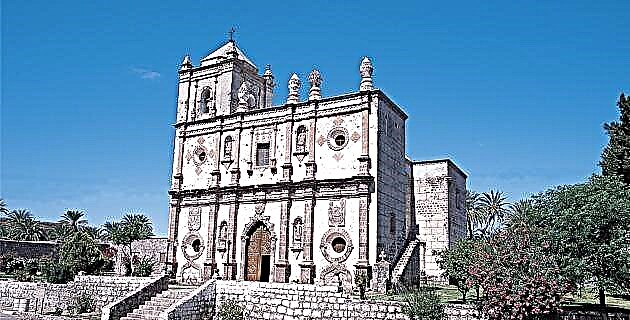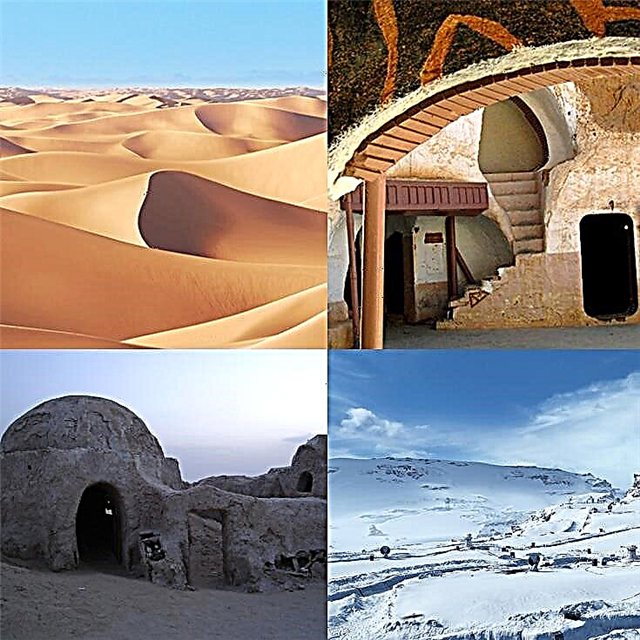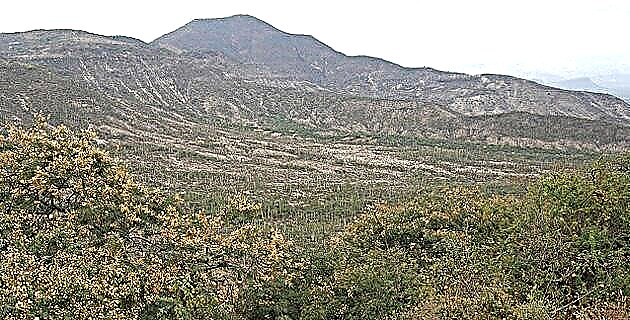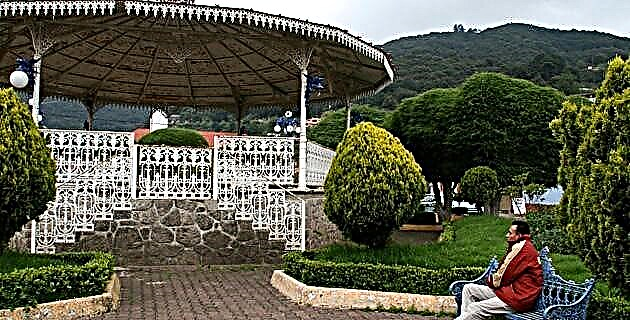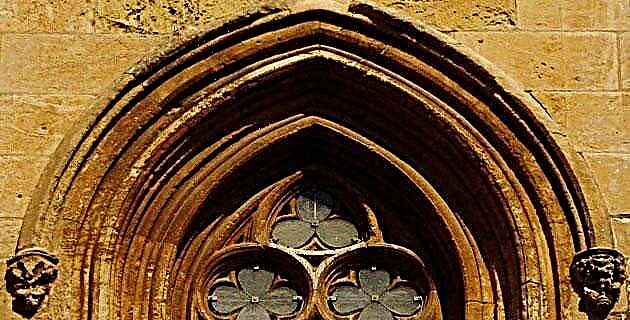
We must bear in mind that the first missionaries were neither architects nor engineers, however, with their limited knowledge, necessity led them to direct large buildings.
What they had seen on Spanish soil were the old medieval castles, romantic, Gothic, Mudejar and Renaissance buildings. All these artistic manifestations were combined in our 16th century architecture.
The conventual complexes are made up of the following parts: atrium surrounded by a wall, atrial cross, open chapel, posas chapels, churches, sacristy, convent and vegetable garden. Construction ordinances (coming from Spain) prohibited the building of towers, which, however, were built. As examples we have Actopan and lxmiquilpan in Hidalgo and San Francisco in Tlaxcala. Instead the belfry was used.
These manifestations have been called fortress-type due to their great massiveness. Parallel to these, there were a large number of smaller churches, either for visiting towns or in indigenous neighborhoods dependent on a main town. The churches have a single nave divided into: choir, basement, nave and presbytery. Battlements decorate the parapet of the church wall, as well as the atrial wall. The medieval influence is felt in elements such as: the battlements, the walkways and the garitones, which fulfill a suggestive and ornamental mission.
From the Romanesque and Gothic it is inherited. the great height of the churches, the massiveness of the construction that predominates over the bays (open spaces); rib enclosures; the pointed arches and the ogee; the mullioned windows or with part light; the flying buttresses that come out of the upper wall of the building to rest on a buttress; the rose window with dirt. From the Spanish Renaissance: the Plateresque style, which is a surface work and which decorates the façade around doors and a choral window. Some characteristics of the Plateresque style are: the candelabra column, the coffered ceilings, the rounding shape in the sculpture, the medallions with human figures, the shields, boards with litter designs, grotesques, chimeras, the fruits of all worked in relief.
From the Mudejar art we inherit: the alfiz (decorative molding), unusual horseshoe arches, coffered ceilings and geometric designs worked in mortar (17th century).


